Pew Study Reveals Trends in State Plans to Close Digital Equity Gaps
Availability, affordability, and device access emerged as top barriers to Internet access
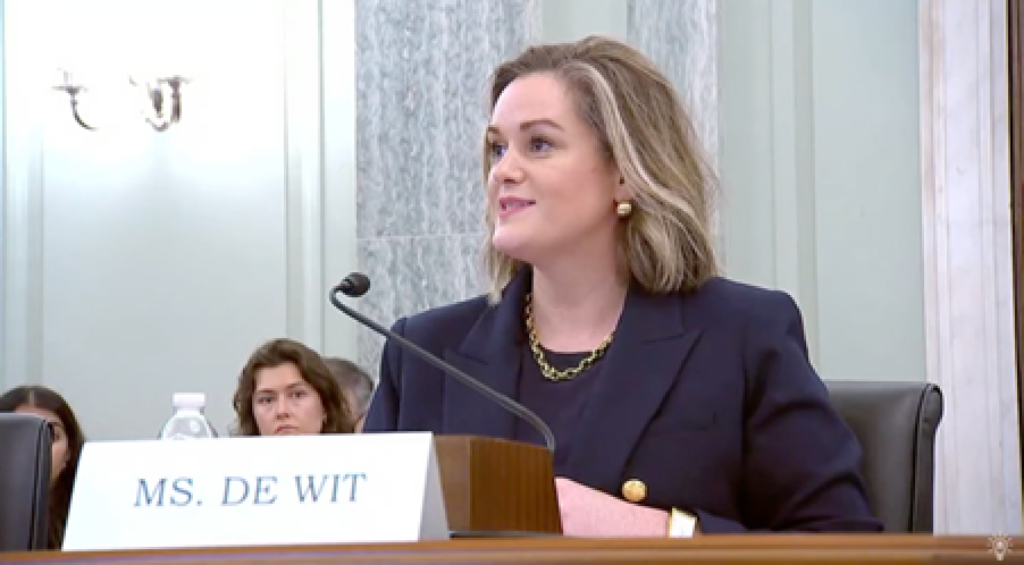
Availability, affordability, and device access emerged as top barriers to Internet access

WASHINGTON, Dec. 2, 2024 – State digital equity plans submitted under a federal program revealed a unanimous conclusion: Availability and affordability of the Internet are the most pressing barriers to achieving universal access.
The findings come from a review of digital equity plans submitted by 50 states and two territories conducted by the Pew Charitable Trusts' Broadband Access Initiative in preparation for federal grant awards allocated under the $2.75 billion Digital Equity Act.
“From the analysis, we surfaced a few things,” said Kathryn de Wit, director of Pew’s Broadband Access Initiative, during a Fiber Broadband Association webinar on Wednesday. “The first is that unilaterally, all 52 plans said that the primary barrier to digital equity was the availability and the affordability in broadband.”
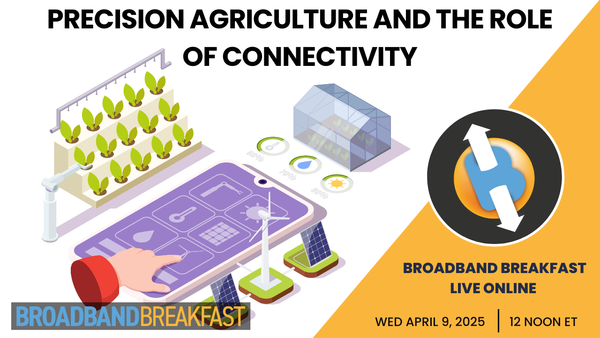
Join us as we explore the opportunities and challenges at the intersection of broadband and agriculture.
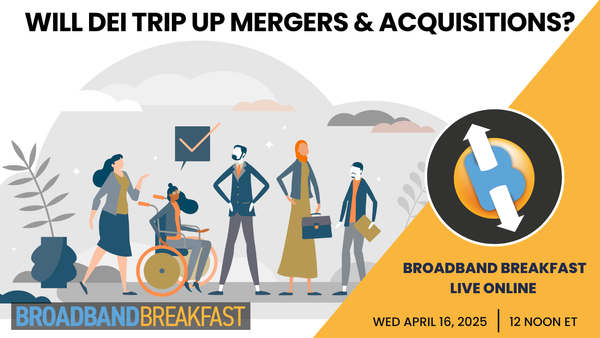
What constitutes an 'invidious' DEI policy in regulators' eyes?
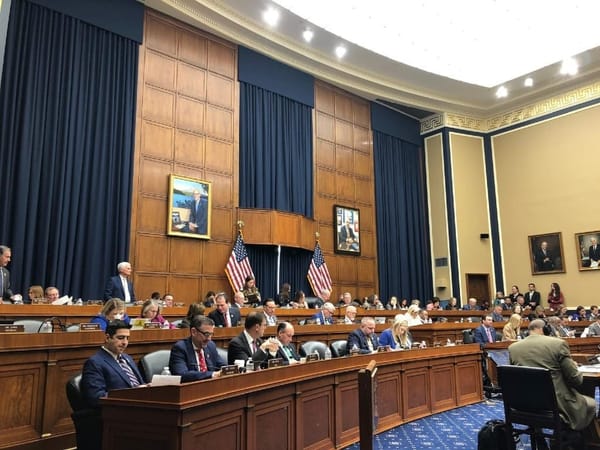
Democrats warn the law will fall flat without a functional FTC to enforce it.
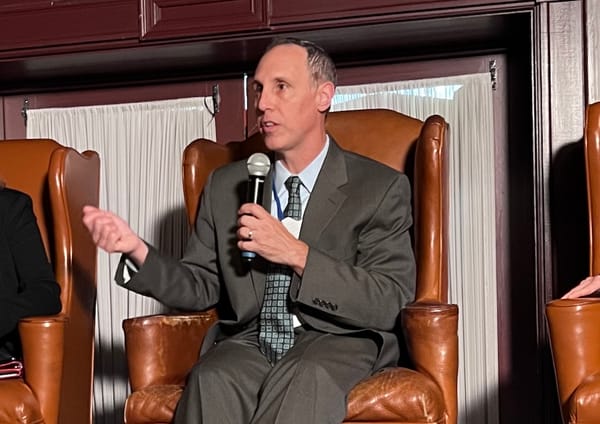
Providers had asked for several changes, including to how the agency determined the presence of unsubsidized competitors.